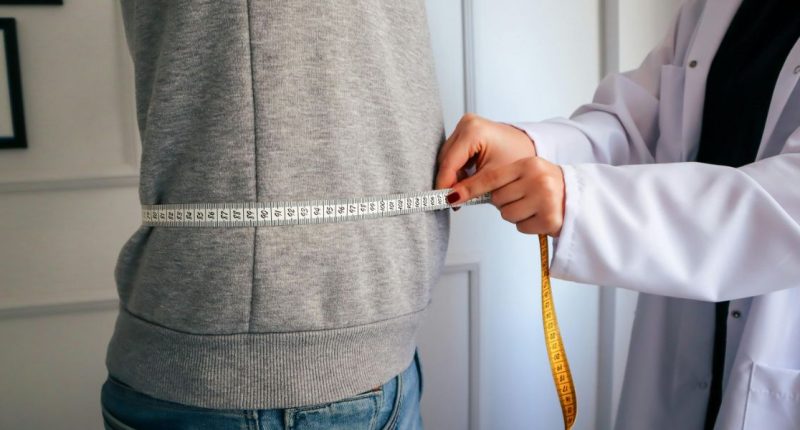New research suggests the fat you cannot see around your organs and in the liver is linked to artery damage and higher risk of stroke and heart attack. BMI alone may miss this risk.
New research suggests you can look lean on the outside yet carry hidden fat that quietly harms your arteries.
A team at McMaster University analysed MRI and ultrasound data from more than 33,000 adults in Canada and the UK and found that higher levels of visceral fat around the organs and fat stored in the liver were linked to thickening and plaque in the carotid arteries.
These arteries supply blood to the brain, so changes there raise the risk of stroke and heart attack.
The study, published in Communications Medicine, challenges the idea that body mass index is a reliable shortcut for heart health.
Even after accounting for common risk factors such as cholesterol and blood pressure, visceral and liver fat still showed independent ties to artery damage.
In other words, a normal BMI does not guarantee that your cardiovascular system is in the clear.
Visceral and liver fat are metabolically active tissues.
They promote inflammation and insulin resistance, which helps explain why some people develop cardiometabolic problems despite looking slim.
Because this fat sits deep within the abdomen or inside the liver, you cannot judge it by sight or by stepping on the scales.
That is why scans in large population studies such as the UK Biobank are helping researchers see beyond weight and towards what really drives risk.
For people living with diabetes, or at risk of it, these findings reinforce a simple message.
Focus on the health of your metabolism rather than the number on the scales alone. Small, sustained changes in eating patterns, movement and sleep can help reduce harmful internal fat and improve markers of cardiovascular risk.
If you are concerned about your personal risk, speak with your GP or diabetes team about the best next steps for you.






